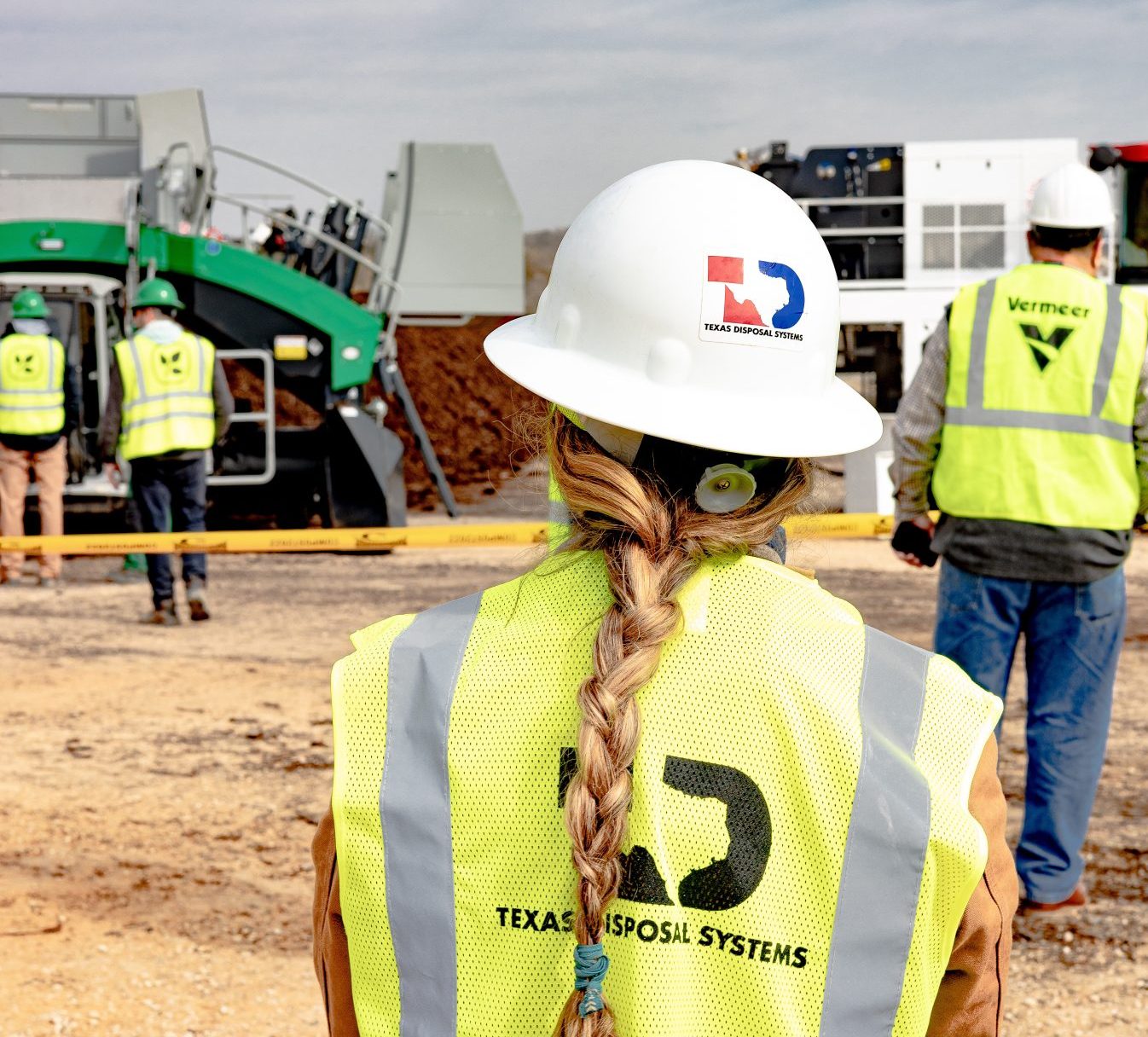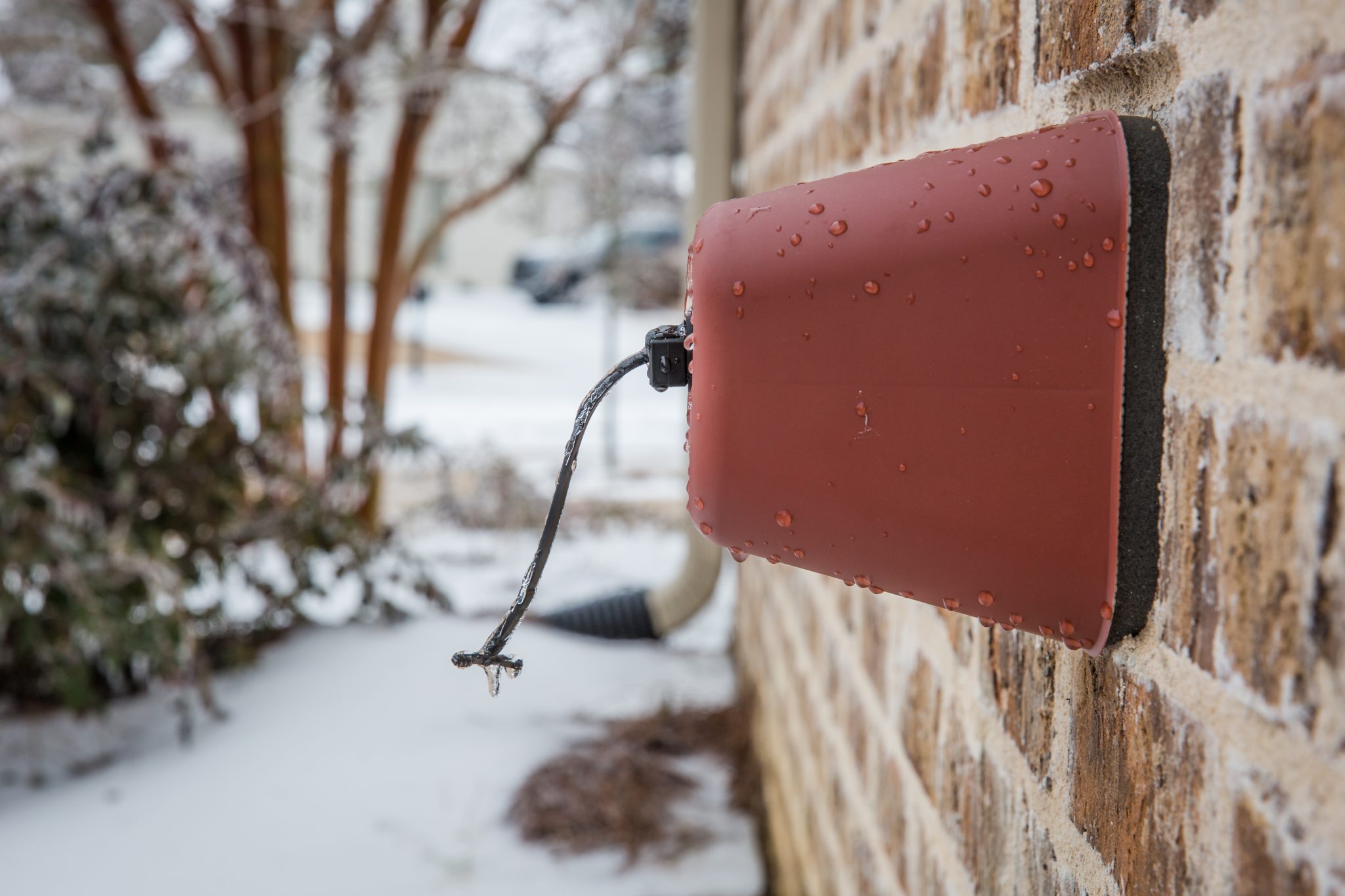If you’re familiar with concrete, you’re likely familiar with the debate surrounding precast concrete vs cast-in-place concrete. Both methods have their advantages, but there is one clear winner.
Cast-in-place concrete is used on nearly every construction site but precast concrete has continued to grow in popularity over the years due to its efficiency, strength and durability. So why are more businesses turning to precast concrete? We’ll discuss the differences in this blog and provide examples of what makes precast concrete more efficient than cast-in-place concrete.
What is cast-in-place concrete?
Cast-in-place concrete, also known as “site-cast” or “pour-in-place” concrete, is directly poured and cured onsite in the concrete’s finished position. No transportation is required. Cast-in-place concrete is ideal for very large concrete components as they would be difficult to transport between a concrete plant and a job site.
A few benefits of cast-in-place concrete are that it is fairly disaster-resistant, has a high degree of insulation, is generally sound and insect-proof and is easy to modify or customize. Since cast-in-place uses a two-way structural system, cranes aren’t needed to implement it.
What is cast-in-place concrete used for?
Cast-in-place concrete is commonly used for home foundations, basement walls, slabs and large bridge column supports. Cast-in-place concrete walls are made by placing ready-to-mix concrete into removable forms erected on the site.
What are the disadvantages of cast-in-place concrete?
Cast-in-place concrete requires high amounts of labor to install and its quality is not always assured. Curing of the concrete can take weeks, and inclement weather may cause delays in the curing process when the concrete is being used for a construction project. One of the most common problems with cast-in-place occurs when foundation walls rotate inward or lean due to inadequate lateral support along the top of a wall.
What is precast concrete?
Precast concrete, sometimes called “prefabricated” or “pre-made” concrete, is a concrete product that is created offsite then delivered to its project destination for final use. Precast concrete is versatile, fire-resistant and soundproof.
Precast concrete products, such as the TDS Pole Base® precast concrete products, are created by pouring a cement mixture into a mold that can contain wire mesh, rebar or even prestressed cable. The filled mold is then cured in a controlled environment to ensure greater control over material quality.
Because this all happens offsite, the delivered product is ready for use right away, which can save crucial time on construction projects.
What is precast concrete used for?
Precast is commonly used in low to mid-rise buildings such as apartments, hotels, motels, nursing homes and office buildings. Because precast concrete is so customizable, it’s the ideal choice for a variety of applications, both large and small, including:
- Light pole and sign bases
- Pillars and columns
- Parking structures
- Culverts
- Retaining walls
- Building construction
- Ceilings
- Stairs
Precast vs. Cast-in-place
Cast-in-place concrete is cost-effective and more familiar to contractors and builders, but precast concrete outperforms cast-in-place concrete in a variety of crucial ways. Precast concrete is more efficient, durable and is higher quality than cast-in-place for almost all applications.
While higher upfront costs and transportation can pose an issue, the quality and low maintenance of precast make up for the high initial cost and extra labor in the long run. Precast concrete has a lifespan of around 50 to 100 years.
How are cast-in-place and precast concrete buildings similar?
Precast and cast-in-place structures are fabricated in the same way, except precast is fabricated offsite prior to installation. While they both have their advantages, precast concrete is the best choice overall for building foundations with structural integrity and dimensions built to your precise specifications.
Advantages of precast concrete
Precast concrete uses simplified material inputs
Because precast products already contain the concrete, conduits and rebar needed, they eliminate the need to purchase and prepare these materials. Offsite casting also removes onsite casting needs, such as cardboard forms, from the equation. This simplifies the construction process, reduces hassle and increases efficiency.
Less time is needed to install precast concrete
Precast concrete components are ready for immediate use upon delivery while cast-in-place concrete are not. This eliminates unnecessary time needed to set up cardboard forms, bend and position rebar, pour and vibrate concrete and then wait for the concrete to cure. The removal of these steps saves valuable time in terms of project duration and the cost from labor needed.
Precast concrete is cost-effective for large projects
When compared to cast-in-place concrete, the cost associated with precast concrete decreases as project scale increases. Large-scale projects that require repeatable concrete components, such as installing airport taxiway lighting, are great candidates for precast concrete products, as the setup and install time required to hand pour all concrete would quickly increase project cost. Precast concrete is truly an economy of scale, which makes it ideal for businesses and contractors of large-scale construction projects.
Precast concrete is stronger than cast-in-place concrete
Precast concrete is often stronger than cast-in-place concrete. Not only are precast concrete products already reinforced with steel rebar, but the controlled curing process also ensures that the concrete will set correctly under ideal conditions for maximized strength. Precast concrete can also be stress-tested before being delivered to the final job site.
Precast concrete has a higher standard of quality control
Another advantage of precast concrete is its higher standard of quality control. Because precast concrete forms are created offsite, all products are inspected for defects before shipping out. The controlled process also eliminates unknowns related to temperature, humidity and imprecise tools.
Get quality Precast Pole Base products from TDS
When comparing precast vs cast-in-place concrete, precast concrete often has a clear advantage, which is why we use precast concrete when creating Pole Base®. While utilizing our new concrete plant and recycling facility, TDS can complete your projects and produce ready-to-install Pole Base® foundations.
Choose TDS for your future concrete needs. Our precast concrete products are made with more sustainable materials, such as recycled concrete and glass, to improve product quality and durability, which can help support projects aiming for LEED certification.
Learn more about how precast concrete can revolutionize your construction process by contacting one of our concrete specialists today and requesting a quote.
Related Concrete Resources:
- Reducing Waste on Construction Sites
- Construction Site Recycling: How to Make Your Construction Street Greener
- 5 Ways to Give Life to Old Concrete
- How to Dispose of Large Items the Right Way



